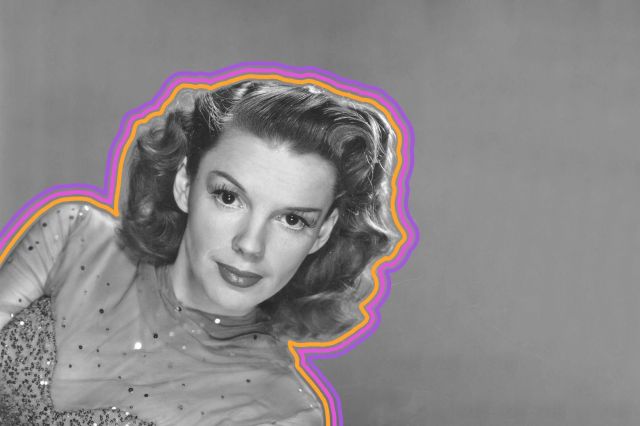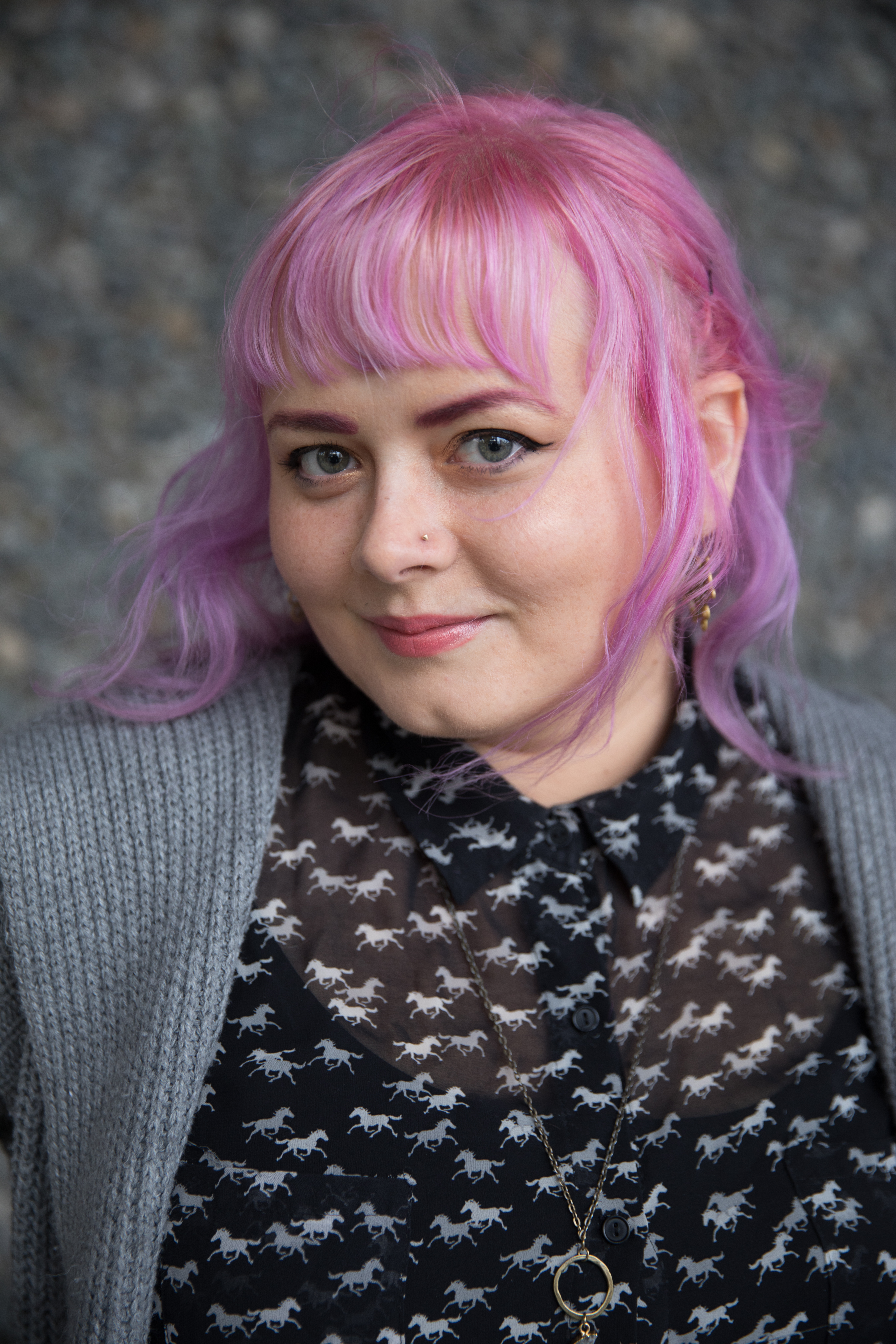
She Started Performing When She Was 2 Years Old
Judy was born to a pair of vaudeville performers and theater operators, and by the time she came along, her two older sisters had already started appearing onstage — so in some ways, showbiz was inevitable. After begging her parents to let her perform, she got her big debut at the family’s theater when she was just 2 years old. She had been tasked with singing her favorite holiday song, “Jingle Bells,” and got so excited that she sang it more than once in a row.
This started a new era of Judy and her sisters performing as a trio, although she emerged quickly as the standout of the group. While all three were talented, and even appeared together in the 1929 short film The Big Revue, it was Judy who caught the attention of performers and promoters on the road. At just 13 years old, she signed to Metro-Goldwyn-Mayer, and started going to school on the MGM lot with other child stars, including Mickey Rooney.

The Stage Name “Judy” Came From a Hoagy Carmichael Song
Judy’s legal name was Frances Ethel Gumm, after her parents, Frank and Ethel. The couple had expected a boy after having two girls, and planned to name him Frank Jr., so Frances was both a compromise and an inside joke. In everyday life, she was simply known as “Baby” or “Baby Gumm.”
The last name “Garland” came about while she and her sisters, then known as the Gumm Sisters, were touring. ”Gumm Sisters” didn’t exactly roll off the tongue, and a popular comedian emceeing a series of performances came up with “Garland Sisters.”
“Judy,” however, didn’t come until later, and for a time she was known professionally as Frances Garland. The first name came along after one of her older sisters decided to go by a stage name. Sick of both “Baby” and “Frances,” she picked her own fresh moniker from Hoagy Carmichael’s latest hit, “Judy.” She was especially drawn to one line: “If she seems a saint but you find that she ain’t, that’s Judy.”
She encountered some family resistance to the new name, but refused to respond to anything but “Judy” as soon as she’d made her decision, so it stuck pretty quickly.

MGM Made Her Wear Nose-Altering Accessories
Garland rose to superstardom with her doe-eyed look, but in her days at MGM, she was considered, however unfairly, a kind of ugly duckling compared to the more willowy starlets in the MGM stable. In her earlier years, when the priority was preserving her childlike look, she carried rubber discs in a small carrying case, along with caps for her teeth. She’d insert the discs in her nose to give it a more upturned look. Because the studio wanted to keep her looking as young as possible, her breasts were also often bound.
Once she was a little older and starring in less-childlike roles, such as Esther Smith in Meet Me in St. Louis, she started wearing a canvas and metal corset that required two people on either side to pull the strings tight. (It’s a wonder she was still able to sing.)
More Interesting Reads

“The Wizard of Oz” Helped Earn Her an Itty-Bitty Academy Award
While she was nominated a few times, Garland’s only Academy Award came in 1940, and it was actually a miniature version of the iconic statuette. Garland was one of just a handful of people to win the special award known as the “Juvenile Oscar,” first awarded to six-year-old Shirley Temple in 1935.
The award typically celebrated a young actor’s achievement in the previous year, and in 1939 Garland had starred in two films: Babes in Arms and The Wizard of Oz. At the time she accepted the award, presented by her former classmate and previous Juvenile Oscar recipient Mickey Rooney, she was just a few months shy of her 18th birthday. The award really does look tiny with a teenager holding it — and even tinier next to full-size Academy Awards, like the one her daughter Liza Minnelli won for Cabaret in 1973.
The Juvenile Oscar wasn’t awarded every year, so it took a special situation to warrant the special trophy. Just 12 were awarded in the 26 years it existed; the last one was awarded in 1961 to Hayley Mills, who appeared in Pollyanna the year before. A 16-year-old Patty Duke won a regular Best Supporting Actress award two years later.

She Was Under 5 Feet Tall
Another thing that set her apart from other singer-actresses at the time was her height. Garland stood just 4 feet, 11 inches. When she was a child actress, she was still around the same height as her frequent costar Mickey Rooney, but was already noticeably shorter than other MGM stars such as Deanna Durbin. Ever notice how the famous ruby slippers from The Wizard of Oz have enough of a heel to add a couple of inches?
And Garland didn’t get any taller with age. Because she had a particularly short upper body, the height difference was a little more noticeable when she was seated next to someone — high heels can’t do much for you if you’re not standing up.

In 1959, She Was Told She’d Never Work Again
After decades of overwork, substance abuse, and mental health struggles, Garland was in pretty rough shape by the time her late 30s rolled around. In late November 1959, she was admitted to New York’s Doctors Hospital with a barrage of symptoms both physical and mental, severe enough to be life-threatening. Over the next three weeks, her future seemed uncertain, and doctors drained 20 whole quarts of fluid from her body. After a bevy of tests, the lead physician on her case said that this would be the end of her career, permanently — she was to limit physical activity for the rest of her life, and “under no circumstances” could she work again.
Garland apparently responded “whoopee!” before collapsing back into bed. She’d later tell LIFE that the news made her feel “relieved”: “The pressure was off me for the first time in my life.”
She did stop working… for a time. She was in the hospital for a total of five months, then four more recovering at her Beverly Hills home. By the end of the summer, she was excited about music again.
In a career full of comebacks, this may have been her greatest. Garland embarked on a national tour that got rave reviews, and took a serious, non-singing role in the drama Judgment at Nuremberg that earned her an Oscar nomination. After delivering consistent, showstopping performances across the country, Garland recorded her famous live album, Judy at Carnegie Hall. The show was legendary: Despite a near lack of promotion, it sold out within hours. Audience members left their seats to crowd the stage (she asked them to sit down so others could see, and they obliged). After multiple encores, fans lingered at the stage entrance for an hour and a half.
After it was released, the album won four awards at the 1962 Grammys, two attributed to its star performer: Album of the Year (beating the soundtracks to both West Side Story and Breakfast at Tiffany’s), Best Female Solo Vocal Performance, Best Engineering, and Best Album Cover.
Garland would continue to have ups and downs for the last several years of her life, but the proclamation her doctor made in 1959 certainly didn’t bear out.












